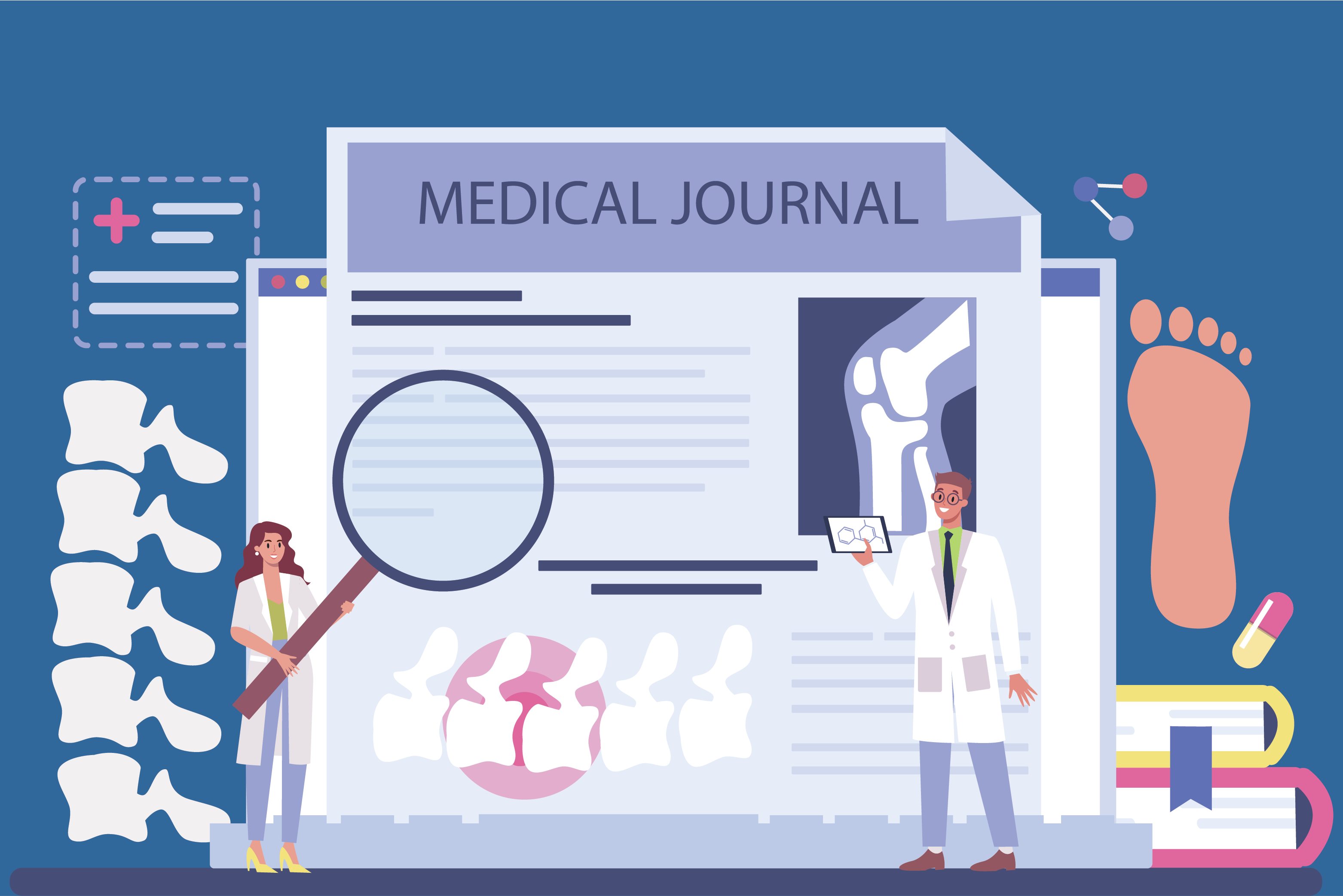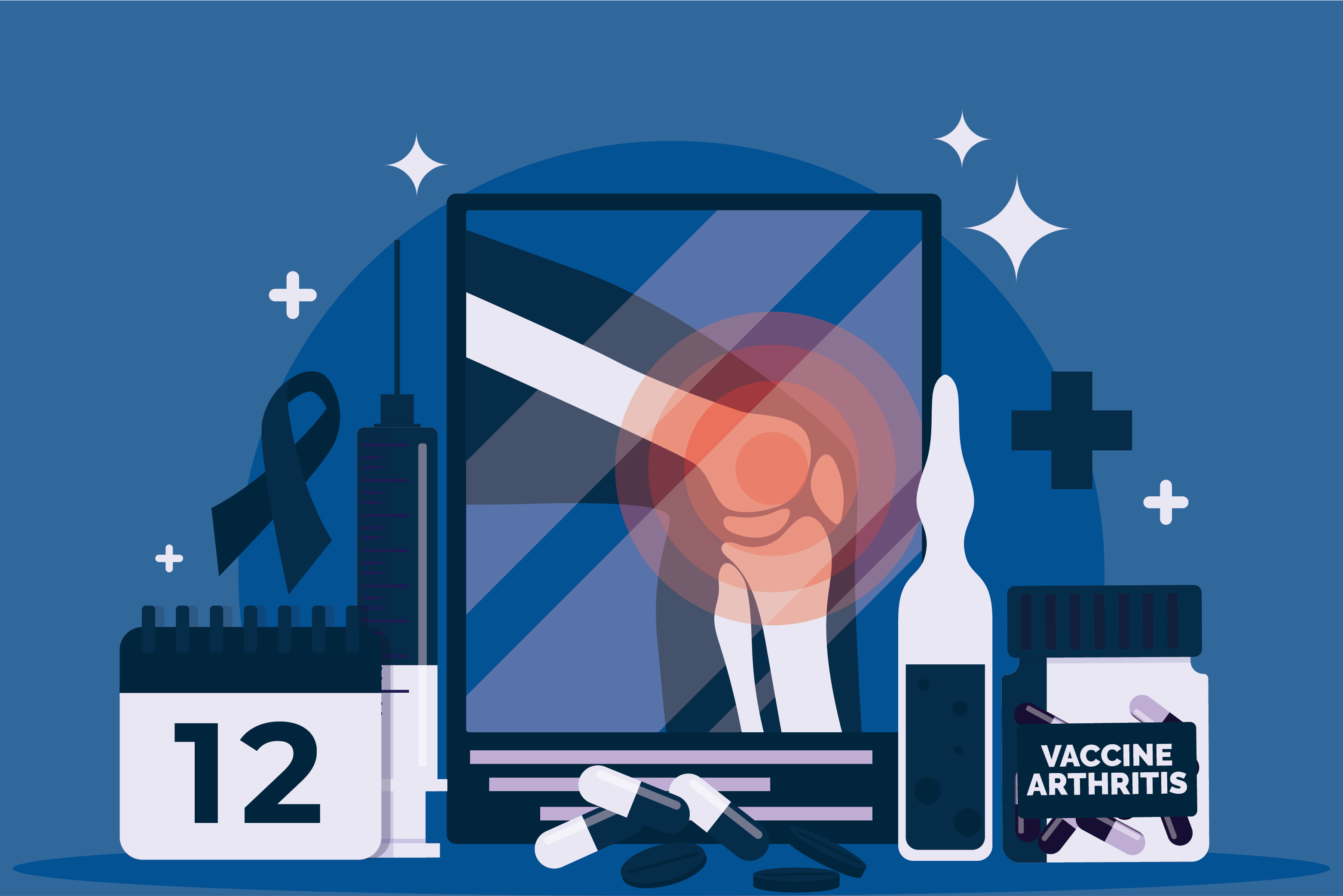How to Protect Your Joints: Daily Habits to Prevent Damage
2025-08-20 "Think of your joints as the hinges on a door. Caring for your joints today enables you to move tomorrow." Each time you walk, stretch, twist, or turn, you are using your joints to move through space. Your joints are at work regardless of whether you push your body's limits as an athlete, have a boss that keeps you at a keyboard all day for work, or you are enjoying a walk at the park on a nice day. Your joints are often working behind the scenes of whatever it is you are doing to create movement. Joints can be fragile. If we pay little or no attention to our joints, they can easily malfunction and succumb to painful and debilitating conditions that limit mobility and quality of life. According to the Centers for Disease Control and Prevention (CDC), there are more than 54 million adults in the United States diagnosed with arthritis and/or other conditions affecting the joints and that number will only continue to rise with an aging population and sedentary lifestyle reducing levels of physical activity. The bright side is that you do not need to experience joint damage. And you also do not need to wait until you are feeling pain or stiffness before you can take measures to protect your joints. Creating the right habits every day can help take care of your joints, avoid joint damage, and keep the body feeling strong and flexible for years to come. In this guide, you will learn about: Named joints and how they operate and the anatomy of their joint structures The causes of joint damage Evidence-based habits that you can use to act, every day, to protect your joints. Dietary recommendations to help to support joint health When to seek professional services Let's now go through treatments that you can use for your joints to keep them happy and healthy and pain-free, starting today! Joints are locations where bones meet to provide us with the ability to move and support weight. There are several types of joints: Hinge joints (like our knees or elbows) that allow us to essentially bend and then straighten. Ball-and-socket joints (like our hips and shoulders) that allow for rotation as well as a lot of movement. Pivot joints (like our neck) that allow for pivoting/rotation. Gliding joints (like our wrists or ankles) allow for the bones to slide past one another. The joints contain all very important things including: Cartilage: The very smooth, slippery tissue that allows for easy motion of our joints, cushioned our bones and absorbed the shock of joint motion. Synovial membrane: This surrounds the joint and produces synovial fluid for lubrication and nourishes the cartilage. Ligaments: A very strong connective tissue which holds our bones together. Tendons: This connects your muscles to bones. It allows for movement. Muscles: Provide the force to move and stabilize your joints. When you use all of these structures together, you have the ability for all your joints to move smoothly and without pain (with the right care). Joint damage is possible over time but in certain cases, damage can be done at the time of injury. Here are some examples: Curtailment of the cartilage will happen with age, which is simply a natural process with little or no wear and tear. Over the years, it is possible to develop osteoarthritis, which would be joint deterioration where the cartilage that protects the bones wears down, and the plates of bone contact one another causing pain. Trauma to the joint sometimes from the direct impact of an accident or a fall, can sometimes damage ligaments, tendons, cartilage, or bone that provide stability to a joint thus putting a patient at risk of chronic injury in the future. Many jobs or things we do on a daily/consistent basis where we are making the same movement or putting stress on a joint (typing, kneeling, lifting etc.) can cause joints to wear down too. Joints also generally wear unevenly if they do not get a break in between repeated movements especially if they were assembled and moved in a proper ergonomic way. Any excess weight adds extra pounds to every weight-bearing joint including the knees, hips, and spine. Carrying extra weight over many years triggers the breakdown of cartilage and starts the inflammation in the joint. The autoimmune response of some diseases including rheumatoid arthritis is referred to as inflammation. Acute or chronic systemic inflammation from various sources including diet, stress, or infections can cause damage to joint tissues similar to arthritis. In general, inflammation leads to swelling, pain, and tissue damage within the joints. Poor posture or poor mechanics of the body when in motion can cause an uneven distortion and transmission through joints which contributes to degenerative processes. Regular bodily movement is like when you take a decongestant? Why? Because when you can move your body, in a regular and controlled manner, the synovial fluid that nourishes cartilage is produced and circulated which maintains range of motion within the joint. Exercise humanizes the muscles that span and stabilize a joint by protecting the bony tissues while minimizing the wear and tear on them. Preferred Mode of Exercise: Joint-friendly low-impact aerobic physical activity, such as walking, cycling, swimming, and before-skiing also proven beneficial interventions taxing your joints but improving your cardiovascular and muscular health. Strength Training: The more muscle mass you can build about a joint helps stabilize that joint and minimize the chance of being injured. So when planning a strength training program, find balance in exercising all muscle groups, and try to include balanced workouts that strengthen your cardiovascular system and your muscles!. Flexibility and Balance: Doing yoga, pilates, and/or stretching are a great way to help increase your range of motion (ROM) and reduce stiffness which can help with your overall joint health. Balance work is great because it helps to reduce the risk of a fall and injury! Precautionary Measures: If you are experiencing any joint pain or have sustained a joint injury, strictly refrain from high-impact activities until a health care professional assesses the problem and gives guidance. Secondly, when starting any activity or exercise, gradually progress with time, reps or weight to ensure you do not overload or hurt yourself. Researcher Findings: In July 2018, Arthritis Care & Research published a paper with findings that examined the effect of exercise for adults with knee osteoarthritis. Ultimately, the researchers' conclusions were that a moderate amount of exercise yielded a modest decrease in pain and improved their function which aligned with the foundational principle of using physical activity for potential therapeutic purposes towards joint protection. Why: For every additional pound of body weight, you exert approximately 4 pounds of force on your knees while you are moving, and this contributes to cartilage loss. How: You will mostly do this by adopting an appropriate nutrition dense diet, and then exercising regularly, this does not include crash diets which tend to lead to muscle loss; you want to keep your muscle for joint stability! Data point: A 10% weight loss can result in reduced loading on the knee joint of 30-40%, which can greatly slow down joint degeneration! Certain nutrients in the diet may help to reduce inflammation, encourage cartilage repair and improve bone density: Omega-3 Fatty acids: (fatty fish such as salmon and mackerel, flaxseed, walnuts) Omega-3 fatty acids are known to have undesirable anti-inflammatory properties. Vitamin D and Calcium: These nutrients are important for overall joint and bone health. Vitamin D is also involved in modulating the immune and inflammatory response. Vitamins C and E: Antioxidants - protect tissues of the joint from oxidative damage, and aid with collagen synthesis (an important building block for tendons and cartilage tissues). Collagen Supplements: New research suggests that collagen peptides may promote cartilage repair, and reduce joint pain for osteoarthritis patients. Turmeric/curcumin: A spice with natural anti-inflammatory qualities that has evidence to help reduce joint pain. Tip: Emphasizing whole foods (fruits, vegetables, nuts, lean protein) and minimizing processed foods, refined sugars, and trans fats can help reduce inflammation. Science highlight: A recent review of studies on omega-3 supplementation in the Journal of Nutrition from 2020 reported that arthritis patients had significant reductions of joint pain and stiffness. Why: Poor posture can cause uneven stress to the joints, especially the spine, hips, knees (joints). Poor posture can also accelerate wear and tear to the joints and lead to pain. Tips: If you work in an office setting at a desk, invest in ergonomic furniture; chair, keyboard, workstation. If sitting, do so with your feet flat on the ground, spine straight, and shoulders relaxed. Avoid crossing your legs in a seated position for prolonged periods of time. Prolonged leg crossing can create stress to the hips, knees (joint) , and can contribute to misalignment. When lifting from the ground, bend at the knees, keep your spine straight, and don't twist when you lift. Wear well fitting supportive shoes that offer arch support. Shoes aid with maintaining alignment. Why: Synovial fluid has an important role in your joints - it lubricates them. Synovial fluid is mainly made of water, and dehydration can cause the synovial fluid level to become thicker, which contributes to greater stiffness and discomfort in your joints. How much: It is recommended that you drink 8-10 cups (about 2 liters) of water per day, and you should increase this amount if you are physically active or it is hot outside. If you have pain, swelling, or stiffness that doesn’t go away for a few days, don’t ignore it. If your injury develops into chronic pain and stiffness, you will be wasting time and paying a blockage of money to fix the damage if you were to intervene sooner. When it comes to rest, allow some rest for painful joints, but do not rest a joint too long. Too much rest will weaken the corresponding muscles and stiffen the joint. You could also try using ice or heat therapy to assist with inflammation and stiffness. Smoking limits blood flow to joints, inhibits healing and increases risk of rheumatoid arthritis. Drinking too much alcohol creates inflammation and nutritional deficits that harm joints. Consider ergonomic tools in the kitchen, cushioned mats wherever you stand to work (kitchen), support shoes, which all minimize stress on your joints. Increase your balance to reduce your fall risk. This is especially relevant for preventing joint fractures and injury due to falls in older adults. Warm up your joints dynamically, prior to exercise to increase blood flow and warm-up the joints for motion. Once you are finished exercising, work cool down and stretch into your routine to decrease tension in the muscles surrounding your joints. Consult your doctor if you have severe, chronic, or worsening joint pain. Early diagnosis of conditions such as arthritis or injury can help avoid additional progression of the disease. Your doctor may recommend some of the following tools for management: Imaging studies (X-ray, MRI) Rehabilitation for improvement in function and strength A physical medicine and rehabilitation physician or a pain management physician who may provide medications or injections to help decrease inflammation and pain Surgical consultation for severe damage. We shouldn't only think of joint health when we are in pain. Joint health is a lifetime commitment, just like mindful movement, mindful eating, body weight and posture — and it begins with expert guidance from an arthritis care clinic in Delhi. By maintaining these, habitually and based on research, you will both be preventing damage as well as giving your body the opportunity to keep moving freely, comfortably and joyfully — with support from L&B clinic in Delhi.What Are Joints? Understanding Their Vital Role

Why Do Joints Become Damaged?

1. Wear and Tear (Osteoarthritis)
2. Injury
3. Repetitive Strain
4. Additional Weight
5. Inflammation
6. Poor Posture or Biomechanics
How Can You Protect Your Joints? Daily Habits That Make a Difference

Move-Ective: Move Mindfully
2. Maintain a Healthy Weight
3. Eat for Joint Health
4. Practice Good Posture and Ergonomics
1. Improve Posture.
2. Stay Hydrated.
3. Listen to Your body.
4. Avoid Smoking and Limit Alcohol
Other Lifestyle Recommendations to Protect Your Joints
a) Joint-Friendly Supplies
b) Balance and Coordination Drills
c) Warm up and Cool Down
When to See a Healthcare Professional
Conclusion
.png)















